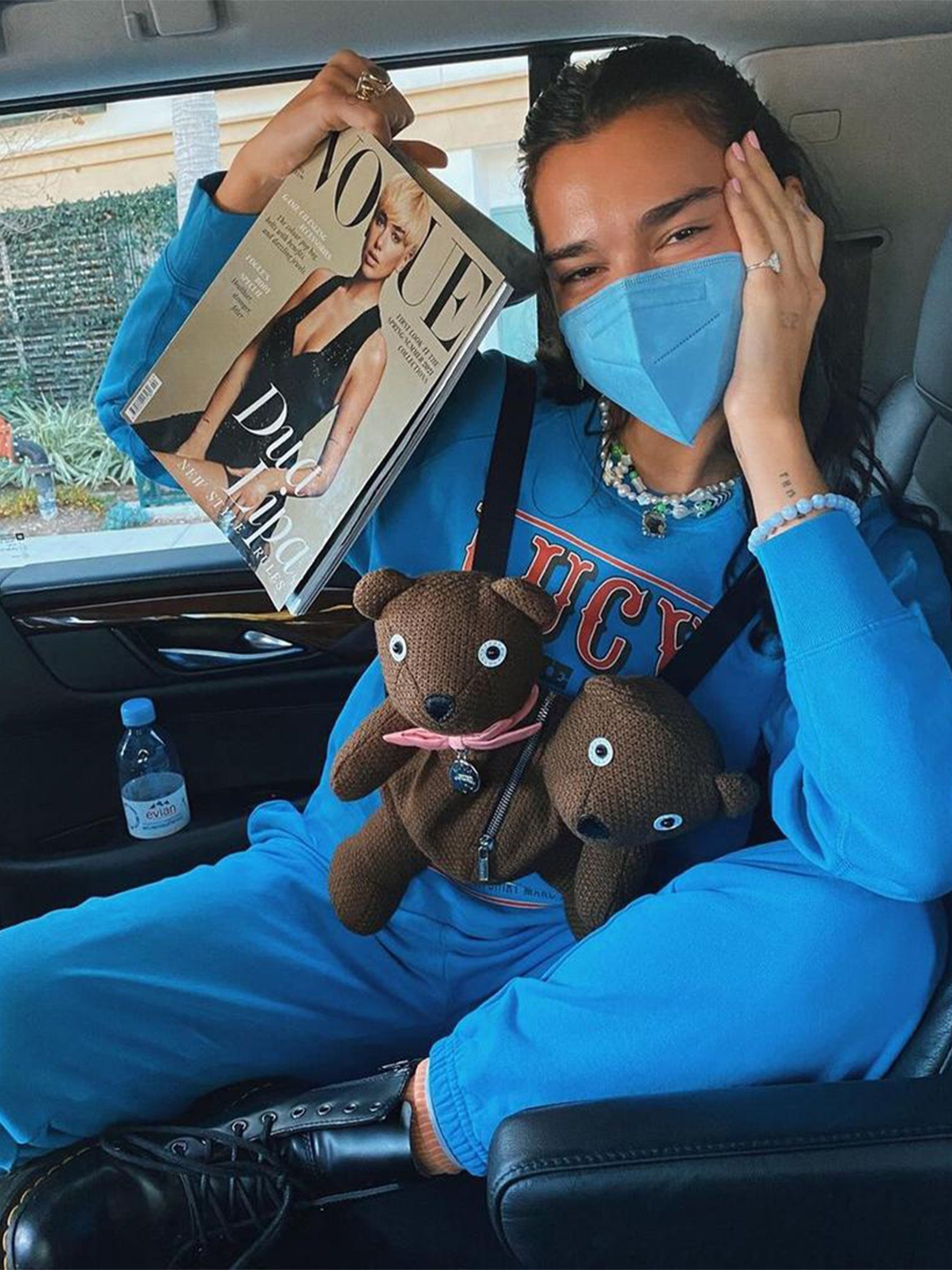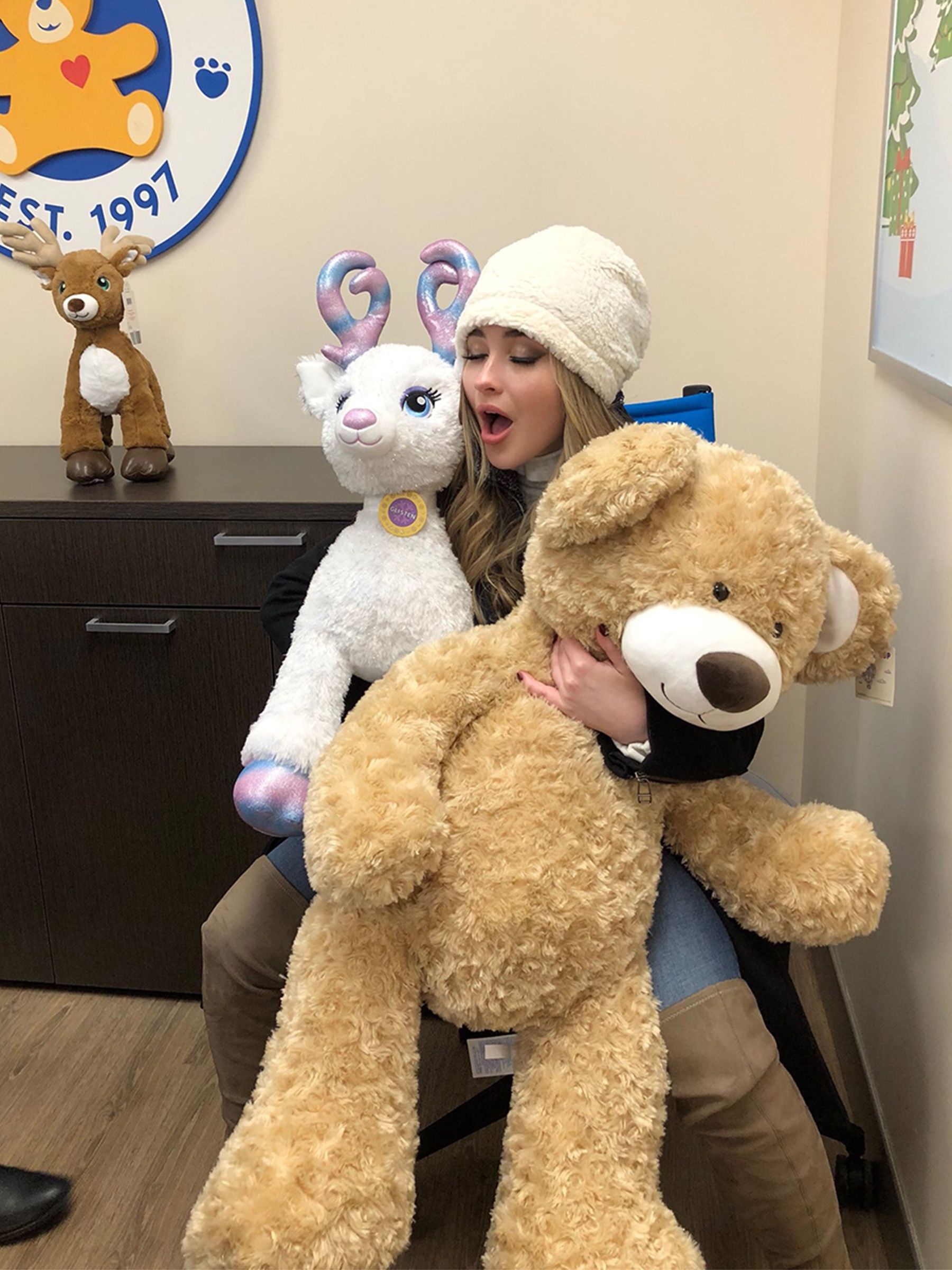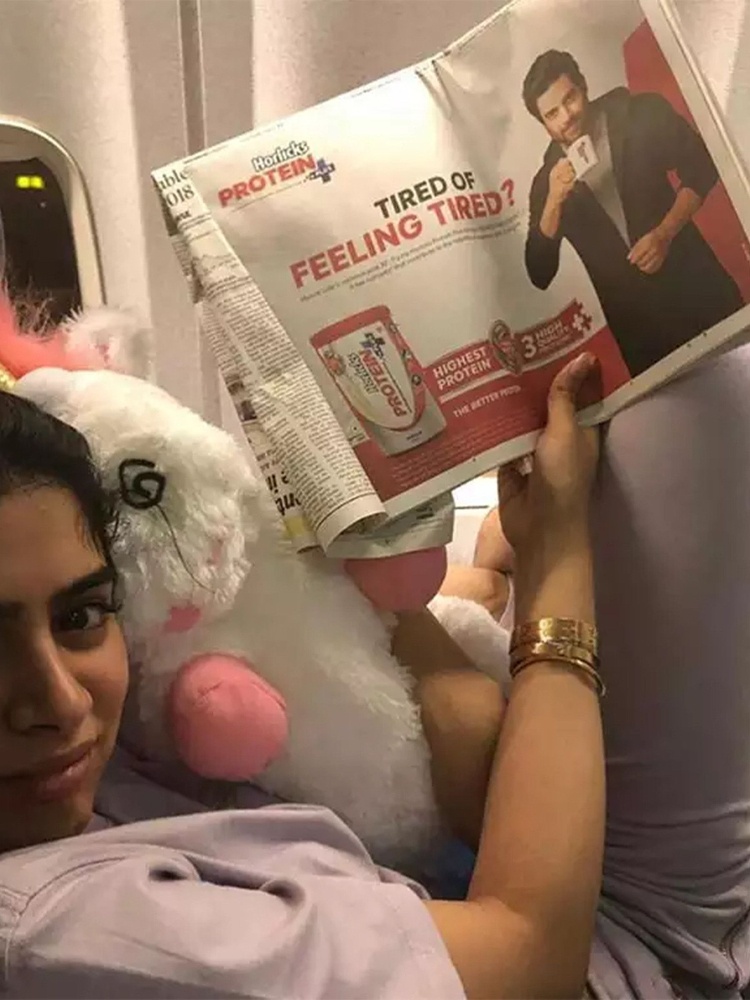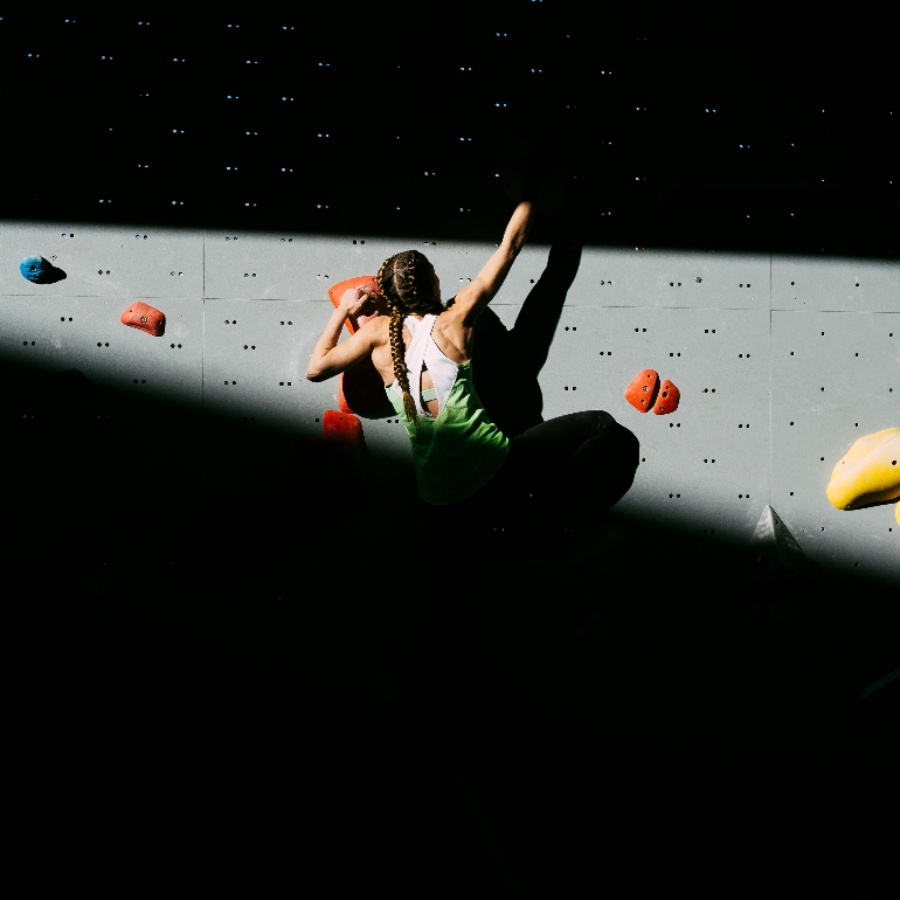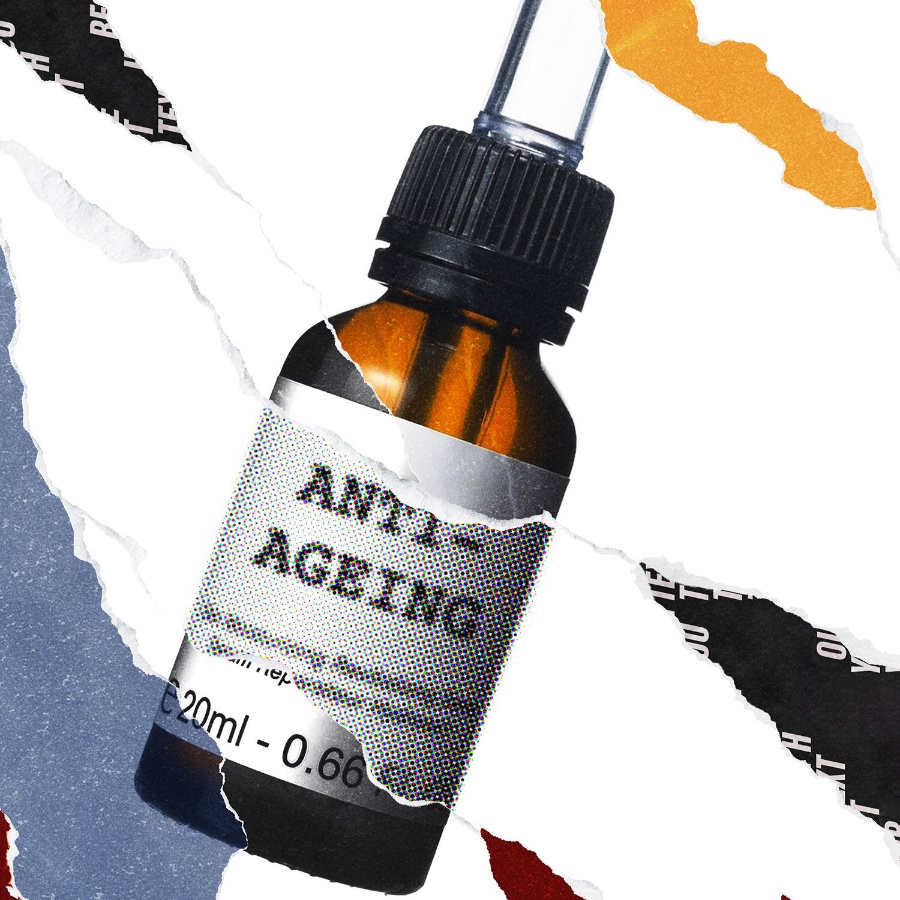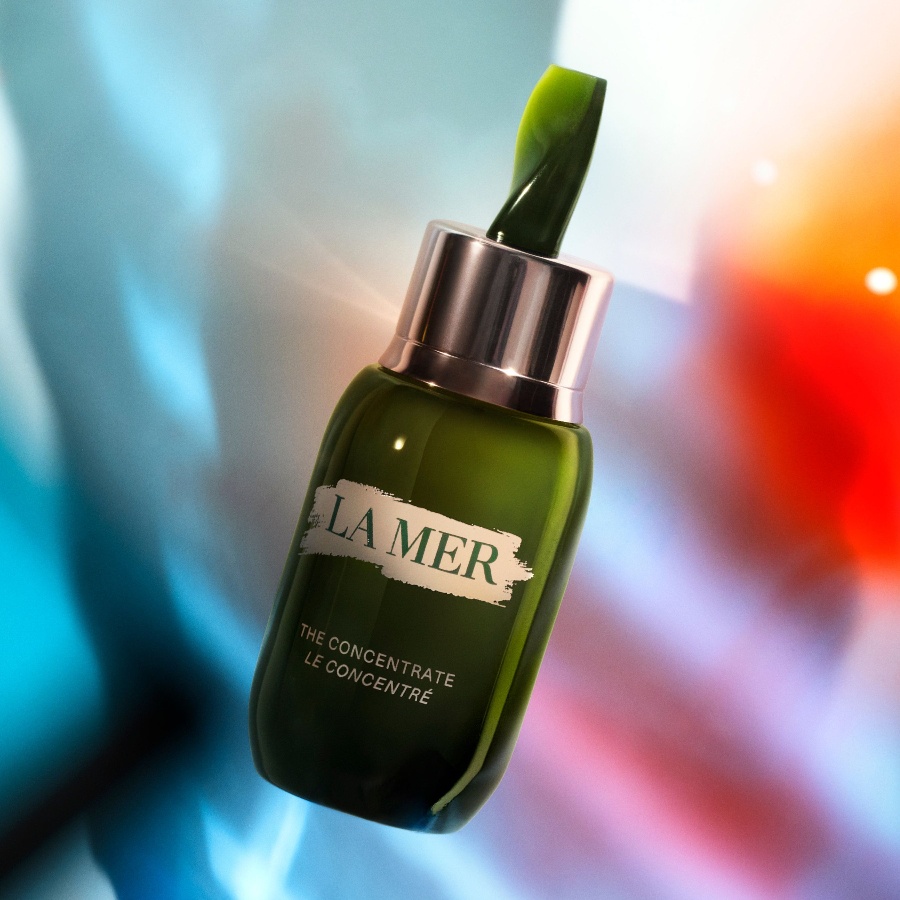“Shaun is my emotional support son, I birthed him in 2019,” says 24-year-old Shachi Ankolekar, while showing me Instagram Reels that she created with the aforementioned child. To be clear, Shaun is adorable, but Shaun is not a toddler. Shaun is a sheep-shaped plushie (and backpack) that Ankolekar bought on Amazon. If you’re confused by the graphic designer’s humanisation of her stuffed toy—or wondering why an adult is into stuffed animals to begin with—take a seat, you’re in for a surprise.
Ankolelar is not alone: much of Gen Z banks big on inanimate soft toys for emotional support and to create a certain aesthetic. “Recently I saw someone on my Instagram share a really cool poster looking for a missing bear. Basically, this girl had lost her bear keyring and actually designed a call-out on Illustrator to search for it. That alone shows you how big plushies are,” the Mumbai-based creative explains.
The numbers back this claim; sales for popular stuffed toy brands like Jellycat and Squishmallow are on an upward trend. While collectors continue to spend more than US$500 on retired Jellycat designs, in 2023, Squishmallow did US$1 billion in annual sales for its maker, Jazwares. Interestingly, the brand revealed that 65 per cent of its buyers are adults aged between 18 and 24.
Plushies are part of a larger movement over the past few years that bridges the distance between childhood and adulthood, and even luxury brands—with a decidedly grown-up audience—have been quick to jump on to the trend. Think of Burberry’s collaboration with the TikTok account Sylvaniandrama, Loewe’s 2023 collection with Studio Ghibli, or Thom Browne’s autumn/winter 2022 show in New York featuring 500 teddy bears in the audience, and the designer’s coveted dachshund-shaped Hector bag.

